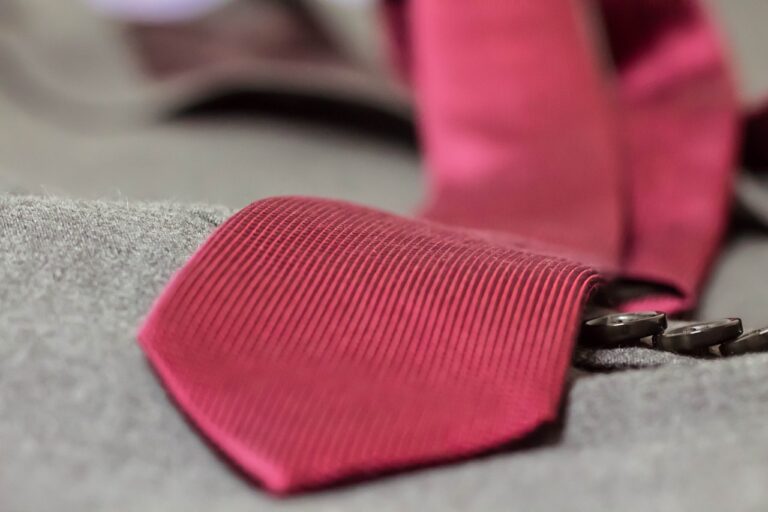Fashion and Sustainable Fashion Education: Teaching Sustainability in Fashion Design Schools
Fashion design schools play a crucial role in shaping the future of the industry by instilling sustainable practices in their curriculum. Educating aspiring designers about the environmental impact of their decisions can lead to a more conscious and responsible approach to fashion creation. Encouraging students to consider the lifecycle of their designs, from materials sourcing to production and disposal, helps cultivate a mindset that values sustainability as a core principle in their work.
By integrating sustainable practices into the educational framework, fashion design schools have the opportunity to inspire the next generation of designers to prioritize environmental and social responsibility. Emphasizing concepts like upcycling, ethical sourcing, and waste reduction not only equips students with practical skills but also fosters a mindset that embraces innovation and creativity within the boundaries of sustainability. As the fashion industry faces increasing pressure to address its environmental footprint, education plays a fundamental role in driving positive change towards a more sustainable future.
Understanding the Environmental Impact of the Fashion Industry
The fashion industry has garnered attention for its significant environmental impact. The production of clothing involves various processes like dyeing, finishing, and sewing that consume large amounts of water and energy, contributing to pollution and greenhouse gas emissions. In addition, the use of synthetic materials like polyester and nylon further exacerbates environmental issues due to their non-biodegradable nature.
Furthermore, the fast fashion model, characterized by the rapid turnover of trends and cheaply produced garments, has led to a culture of overconsumption and excessive waste in the industry. This cycle not only strains natural resources but also results in vast quantities of clothes ending up in landfills each year. The need to address these environmental challenges is pressing, requiring a shift towards more sustainable and eco-conscious practices in fashion production.
Promoting Ethical and Fair Labor Practices in Fashion Design Education
Fashion design education plays a crucial role in shaping the future of the industry. By promoting ethical and fair labor practices, students are not only equipped with the necessary skills to succeed in their craft but also instilled with a sense of responsibility towards the workers who bring their creations to life. Encouraging students to consider the impact of their designs on both people and the planet is essential in cultivating a more sustainable and socially conscious fashion industry.
Through incorporating modules on ethical sourcing, fair wages, and safe working conditions, fashion design schools can empower students to make informed decisions that prioritize the well-being of all individuals involved in the production process. By integrating these principles into the curriculum, educators are not only preparing students for successful careers but also fostering a culture of respect, equity, and social responsibility within the fashion industry.
By incorporating modules on ethical sourcing, fair wages, and safe working conditions, fashion design schools empower students to prioritize well-being
Educators preparing students for successful careers while fostering a culture of respect, equity, and social responsibility within the industry.
Why is it important to teach sustainable practices in fashion design schools?
Teaching sustainable practices in fashion design schools is important because it helps students understand the environmental impact of the fashion industry and promotes ethical and fair labor practices.
What are some examples of sustainable practices that can be taught in fashion design schools?
Examples of sustainable practices that can be taught in fashion design schools include using eco-friendly materials, reducing waste in production processes, and promoting fair labor practices in the supply chain.
How can fashion design schools promote ethical and fair labor practices?
Fashion design schools can promote ethical and fair labor practices by educating students about worker rights and promoting transparency in the supply chain. Students can also be encouraged to design garments that are produced ethically and sustainably.
What are some ways that students can incorporate ethical and fair labor practices into their fashion designs?
Students can incorporate ethical and fair labor practices into their fashion designs by choosing suppliers that adhere to fair labor standards, using eco-friendly materials, and designing garments that are made to last. Additionally, students can advocate for ethical practices within the industry.







